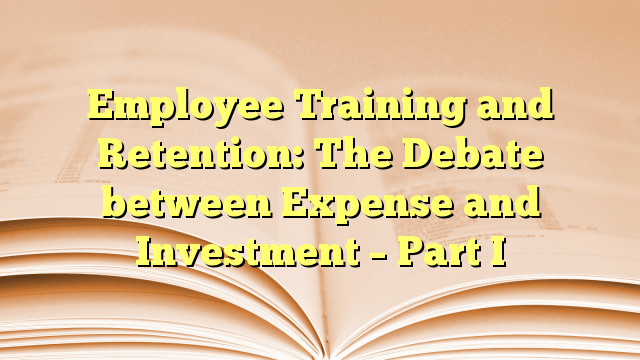A recent article in Senior Housing News shows how one community takes on the challenge of seniors and technology. This community looked outside its own walls to form a partnership that brought great value to the community’s program offerings but more importantly, value to their residents.
Don’t Limit Seniors
So many times we make assumptions which limit both us (as individuals and companies) as well as those we make those assumptions about. We make assumptions based on our own opinions as well as past knowledge. We must not only keep an open mind but embrace that times and people change and evolve. In our minds, we might limit seniors’ interest and ability when it comes to technology. We think it will be too difficult, we think they are not interested and even THEY may have these same thoughts.
Technology is Increasingly User Friendly
Do your residents shy away from technology? Some may not be interested because they think it is too complicated or difficult even if they wanted to learn. Equipment is becoming increasingly user friendly and apps make that equipment even easier…well, sometimes. With so many options, it is not hard to find systems even the most timid can learn and use.
Reducing Isolation
We often criticize technology for isolating our younger generations by limiting their interaction to technological means vs. human interaction. While that is most definitely a valid argument, some populations are isolated due to circumstances such as residents in senior housing with family in distant locations. Technology can open doors to communication and interaction. Emails, video-chatting, Facebook, and other applications can give those residents access to family and friends they may not have right now. If these residents have family far away, what a gift to be able to see them and be able to stay up to date via video and pictures.
Comfort Zones
While technology may be out of the comfort zone of both the senior student to learn it and the staff who is designated to teach it, rewards can be significant. Don’t hesitate to look outside your community for help with instituting such programs. As this article illustrates, finding partners outside your community can benefit your community as well as your residents. It does not have to be a partner as large as Google, local businesses and organization offer a wealth of knowledge and resources.
It is a common adage that life happens outside our comfort zone and our senior residents are no different. When we are pushed to learn and grow, we find confidence, opportunities and great satisfaction in overcoming perceived obstacles. Find ways to help develop this confidence and satisfaction in your residents. Give your residents challenges every now and then. Lifetime learning is exactly what is says, a lifetime of learning no matter your age. We should adopt this concept not only for ourselves but for our residents as well.
An important reminder for us and them; we are never too old to learn something new.


















